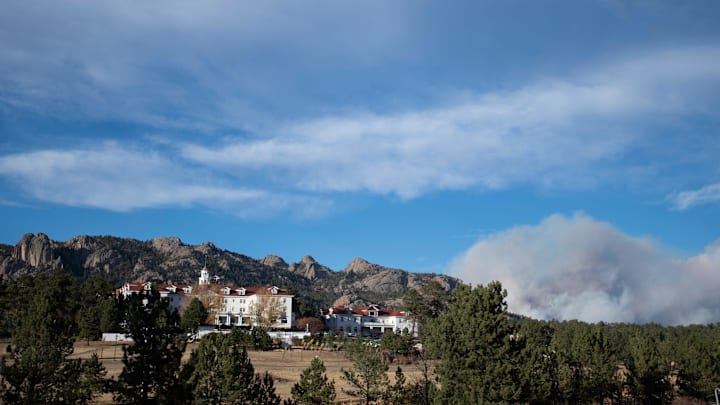It’s no secret that Stephen King Kubrick’s massively successful, genre-defining interpretation of The Shining. King told Playboy that he was “deeply disappointed in the end result” and deemed it “a failure” to Charlie Rose. Even in later years, he’s taken several digs at it, from the intro to Doctor Sleep where he notes his novel is “the true history of the Torrance family” to Holly Gibney’s in-universe distain for the film.
This hasn’t stopped The Shining from being an immensely popular cornerstone of the horror genre. Mike Flanagan was able to do some expert damage control by marrying the stories of the film and the book artfully in the film version of Doctor Sleep.
But before Flanagan, there was Mike Garris. And before Doctor Sleep, there was 1997’s Stephen King’s The Shining.
In the late 90s, King decided that if you want something done right, you have to do it yourself. After getting permission to remake the film from Kubrick – who agreed for $1.5 million and the condition King stop talking about how much he hated the original – King wrote a new script that was closer to his vision. It released on ABC in 1997.
The series fell into relatively obscurity, but there’s a lot to like about it (hokey special effects included). Below are the reasons why you should take a break from the heat and spend some time in the mountains of Colorado this summer.
The set location
The mini-series was filmed at the Stanley Hotel, which was King’s original inspiration for the Overlook Hotel. We get to see the hotel a lot throughout the film, with atmospheric shots of the foreboding place buried in snow. Instead of Kubrick’s hedge maze, the topiary animals from the novel are featured, and the miniature Overlook in the playground also shows up.
And, if you’re a stickler, you’ll be pleased to know the room number for that one suite is correct in this version: 217, not 237.
While the original set is iconic, from the carpeting to the messed-up geometry of the rooms, this one feels more authentic to the original story.
The characters
King’s biggest beef with the Kubrick version was the onscreen adaption of Jack Torrance. Nicholson’s Jack Torrance is terrifying, but he starts out that way and only gets crazier. There isn’t much character depth.
The Jack of the novel is a recovering alcoholic, haunted by an abusive father and desperate not to follow in his footsteps. When the Overlook corrupts him, his feverish thoughts are both heart-breaking and frightening to read. In the 1997 series, we see Steven Weber’s Jack battle against this inexorable descent into madness in a way that Nicholson’s really didn’t.
Scenes we missed from the book
If there’s anything else from the book that you really missed in the first adaption, chances are you’ll get to see it here. The roque mallet features prominently, as do the hedge animals (they’re pretty scary until the ‘90s animation starts). The wasps and the creepy firehouse get the moments they didn’t in the original. The ending is more accurate as well, which changes the plot in a reasonably significant way.
It’s not a perfect interpretation, and 28 years later, few elements don’t hold up. Mostly they’re the parts that tried to riff on the Kubrick Shining (Jack breaking down the door is the worst example). The effects aren’t as good, and overall the 1997 version is a lot less scary. However, it’s obvious that the series is a labor of love, and that’s worth a lot.
All in all, Stephen King’s The Shining is worth a watch – even if you didn’t dislike the first one as much as King did.
After The Shining, Doctor Sleep, and Stephen King’s The Shining, you might think you’re safely out of the Overlook Hotel for good.
However, we might not be done with the world of The Shining yet. King nods to the hotel in several other works, including Billy Summers, and Flanagan has expressed interest in directing another film in the universe. There was also some talk of a series about the hotel itself called Overlook on Netflix.
Seems like we might be playing with the residents of the Overlook forever…and ever.
